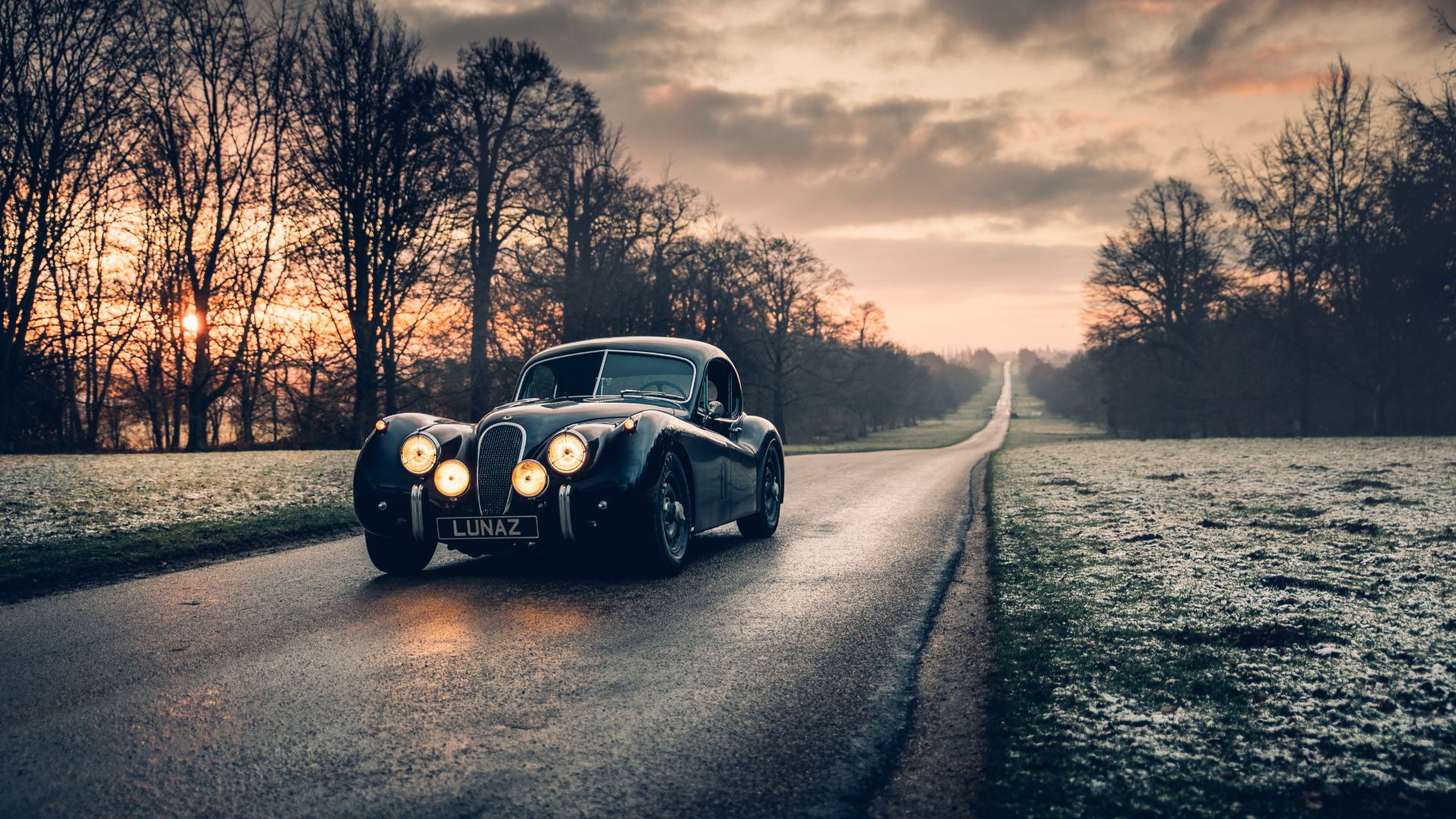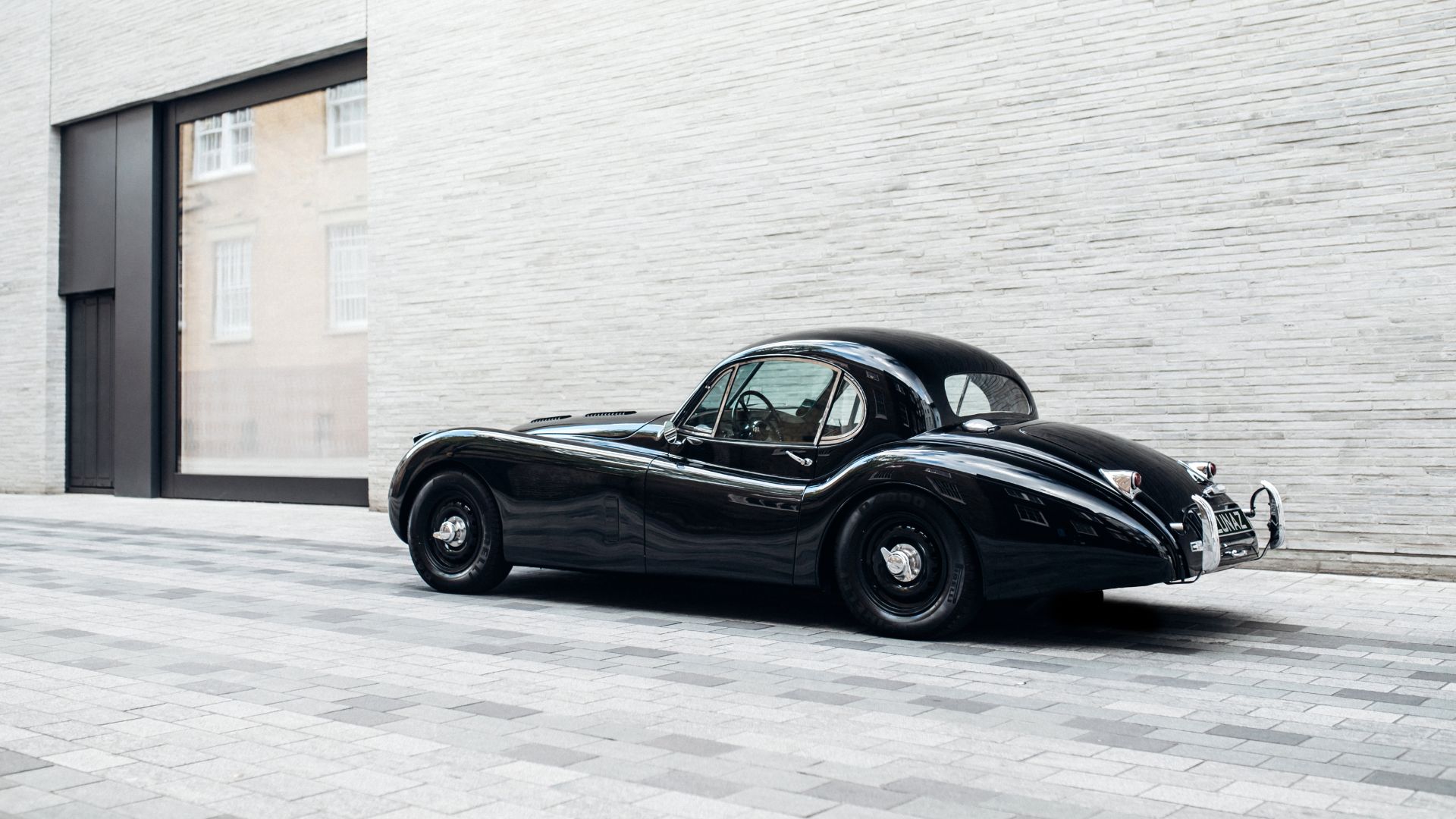
The international federation of historic vehicles says it is unable to promote or support the conversion of classic cars to electric power.
FIVA (the Federation Internationale des Vehicules Anciens) ‘understands the motivation of some owners to electrify their vehicles” and that ”all modifications are a matter of personal choice”.
It also acknowledges that electrification allows vehicles to meet modern environmental standards, with the additional benefit of increased power and performance.
However, in a rather damning statement, FIVA has slammed the electrification of historic vehicles, saying it ‘cannot promote, to owners or regulators, the use of modern EV components (motors and batteries) to replace historic vehicle’s powertrain’.
An increasing number of classic cars are being converted to electric, including the Volkswagen Beetle, Jaguar E-Type Zero, Renault 4L Plein Air, Jaguar XK120, Aston Martin DB6 Volante Electric and Ferrari 308 GTE.
What is a historic vehicle?

According to FIVA, a historic vehicle is ‘a mechanically propelled road vehicle’ that is:
- At least 30 years old.
- Preserved and maintained in a historically correct condition.
- Not used as a means of daily transport.
- Part of our technical and culture heritage.
The final point is open to interpretation, but the reference to ‘historically correct’ leaves us in little doubt. An electrified classic cannot be classed as a historic vehicle.
Tiddo Bresters, FIVA’s vice president, legislation, said: “It is not, in our opinion, the shape or body style of a vehicle that makes it ‘historic’, but the way in which the entire vehicle has been constructed and manufactured in its original form.
“Hence if any owner, motor engineer or manufacturer chooses to make such conversions to a historic vehicle, FIVA would strongly recommend that any changes are reversible, with all the original components marked and safely stored.
“In this way, the vehicle may – if so desired in the future – be returned to its original state and may once again become a historic vehicle.”
FIVA’s stance is certain to spark a debate in the pubs of Great Britain and on classic car forums. Let us know your thoughts on the matter in the comments below.